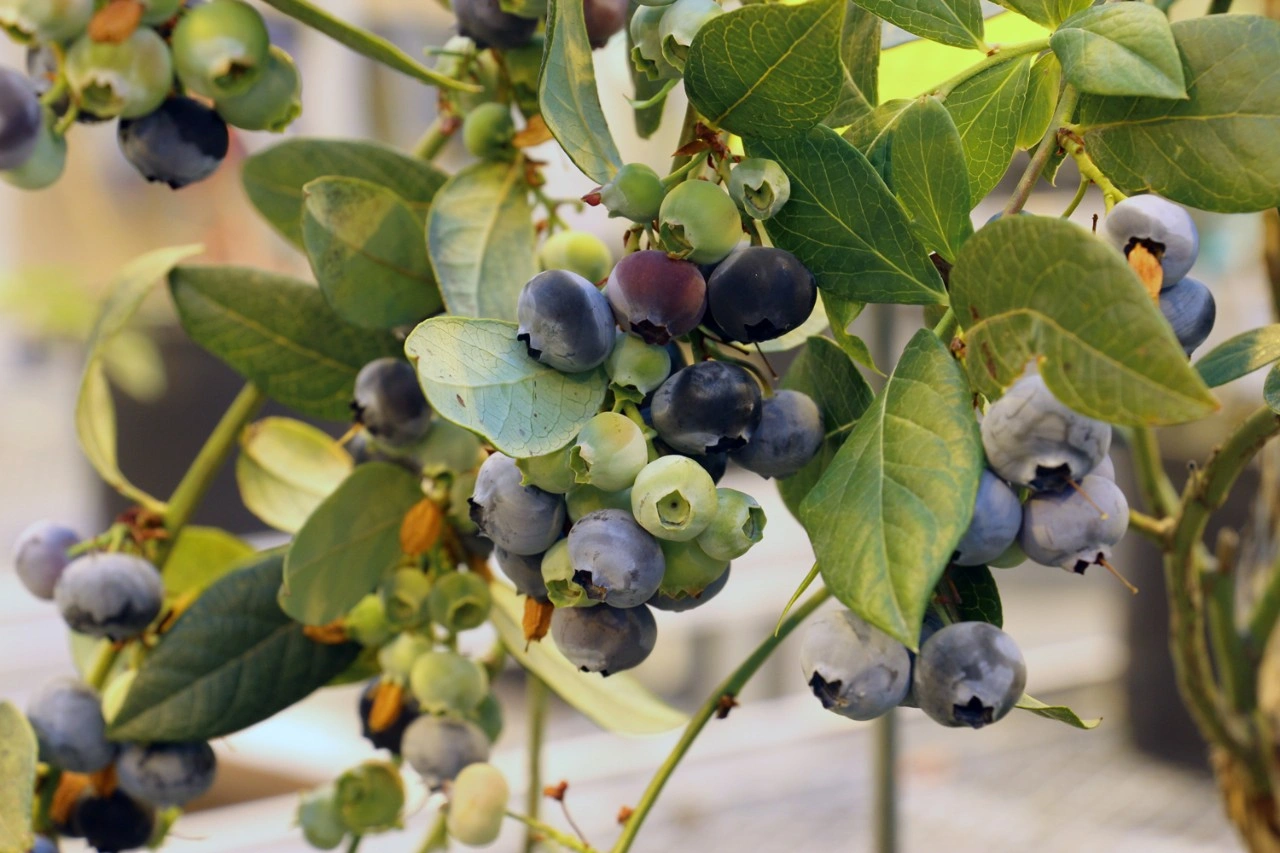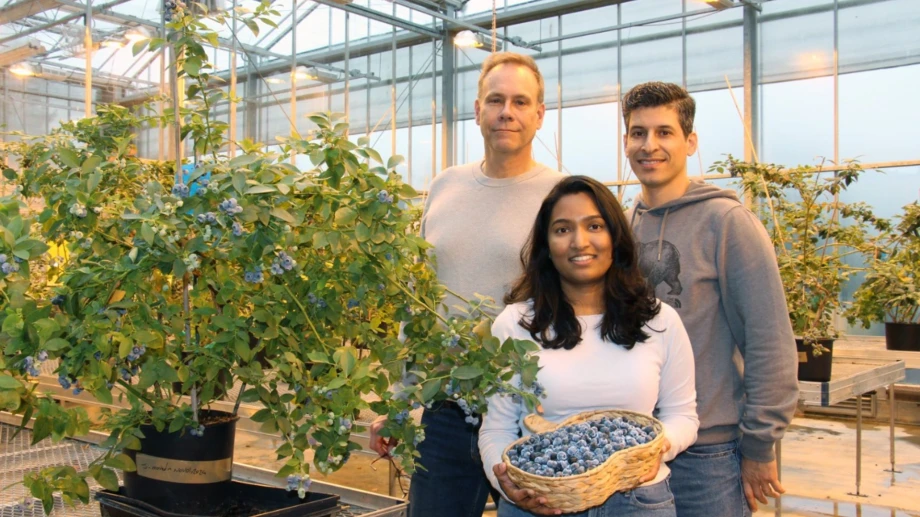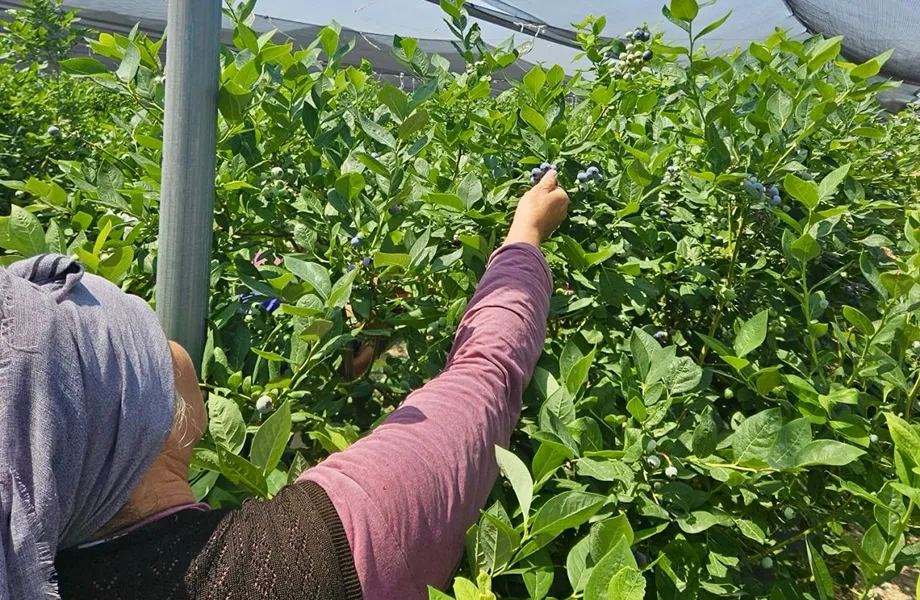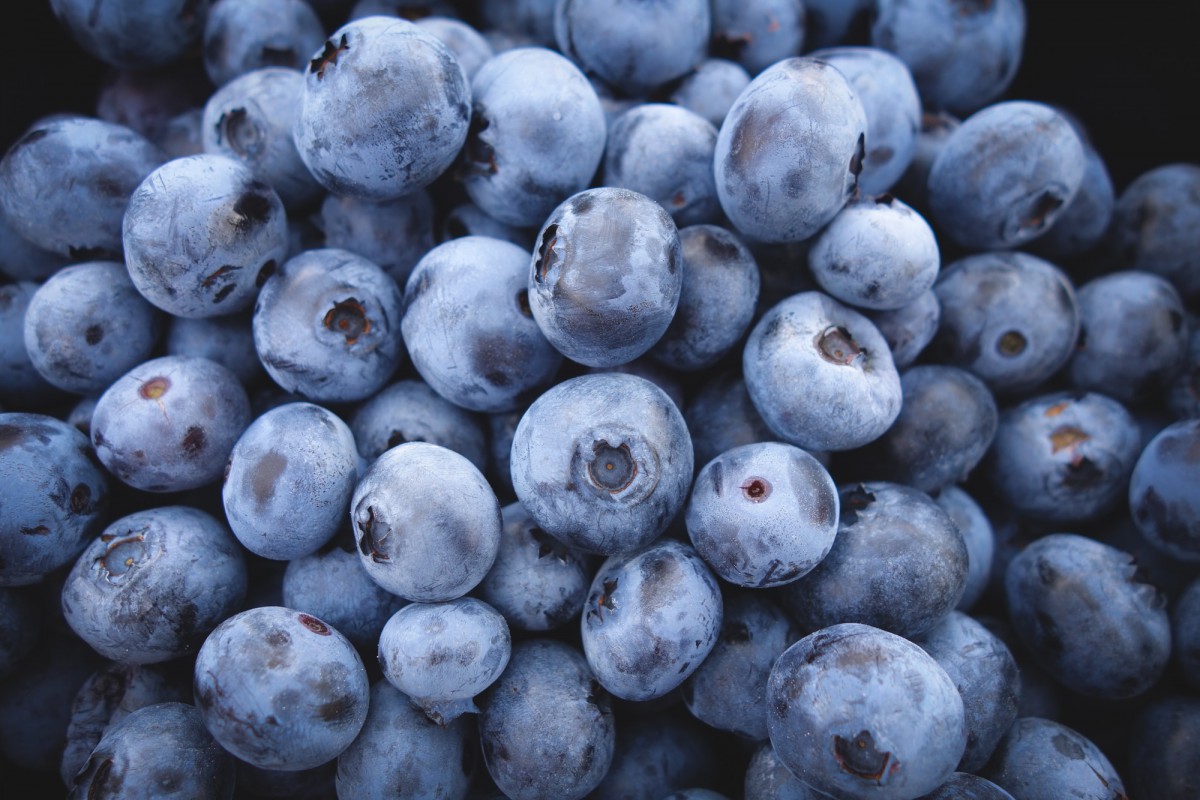Research at Simon Fraser University’s Biotech Greenhouse has achieved a breakthrough in off-season berry production. Led by professor Jim Mattsson, the team has successfully grown blueberries indoors during winter. The project, funded by the Weston Family Foundation’s Homegrown Innovation Challenge, seeks to create new varieties and techniques for year-round commercial production.
Canada’s reliance on imported fruit has long been a challenge, with “over 75 per cent of fruit eaten in Canada…imported, 37 per cent from the United States (circa €0.90 per CAD).” Extending the local growing season would provide farmers with much-needed income while enhancing national food security against supply chain disruptions, trade disputes, and climate change.

Indoor cultivation success
The SFU team solved the difficulty of blueberry cultivation indoors by carefully controlling lighting and temperature. “It was not so simple to get them to produce,” says Mattsson, explaining that the plants must be exposed to specific conditions to form flower buds but risk dormancy if treated too long. Their bushes have been “producing berries continuously since January” and are expected to keep fruiting until May.
Gene editing is central to the project. “We’re trying to introduce two traits into blueberry,” Mattsson explains. “One is making the plants smaller so they’re more manageable. The second is producing earlier and more abundant flowers.” These efforts are inspired by genetic discoveries in rice and wheat that fueled the Green Revolution, leading to shorter, higher-yielding plants.
Commercial applications ahead
Industry partner BeriTech is refining the methods to make indoor production commercially viable. “We can fine-tune the environment…to drive really rapid growth and high yields of good quality fruit for the lowest energy input,” says BeriTech’s Eric Gerbrandt. Greenhouse manager Mostafa Mirzaei adds: “If we produce dwarf varieties, then we can change the cultivation system to vertical farming and decrease the production cost per unit.”
While more work remains, research assistant Juan Rodriguez Lopez notes: “These two traits…could just be the beginning.”
Text and image source: sfu.ca










